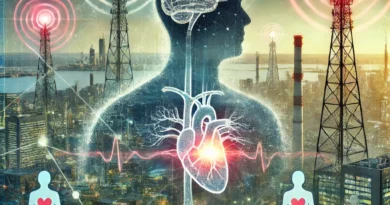Cryonics: Bridging the Gap Between Science Fiction and Reality
Cryonics, the practice of preserving human bodies or brains at extremely low temperatures with the hope of future revival, has long captured the imagination of both scientists and the public. Today, approximately 500 individuals worldwide have undergone cryonic preservation, reflecting a growing interest in extending human life beyond natural limits. Facilities like the Alcor Life Extension Foundation in Arizona and KrioRus in Russia serve as hubs for this experimental endeavour, storing hundreds of clients who believe in the promise of future medical breakthroughs.
In the United States, Alcor stands out as a pioneer in the field, having preserved over 200 humans and more than 30 pets. Similarly, KrioRus in Russia has cryopreserved around 50 individuals, while European companies like Tomorrow Bio offer their own versions of cryonic services. These organizations cater to a diverse clientele, ranging from terminally ill patients to healthy individuals seeking a second chance at life.
However, despite its allure, cryonics remains mired in controversy. The primary challenge lies in the absence of any proven method for reviving cryopreserved individuals. Current techniques, such as vitrification, aim to minimize tissue damage during the freezing process, but significant hurdles remain. Revival would require advanced technologies capable of repairing cellular structures, reversing aging, and curing underlying diseases—capabilities that do not yet exist.
Moreover, critics question the ethics and practicality of investing substantial resources into cryonics when pressing global health issues demand attention. They argue that the same funds could be better utilized to improve healthcare systems, combat pandemics, or develop treatments for existing conditions. Proponents, however, counter that cryonics represents a bold investment in humanity’s future, offering hope for those with no other options.
As debates continue within scientific and technological communities, the cryonics industry persists in its mission to bridge the gap between science fiction and reality. Whether it ultimately succeeds in achieving its ambitious goals remains to be seen, but one thing is certain: the quest for immortality continues to inspire curiosity, debate, and innovation. For now, those preserved in liquid nitrogen wait patiently, their fates tied to the progress of science and the aspirations of generations to come.



